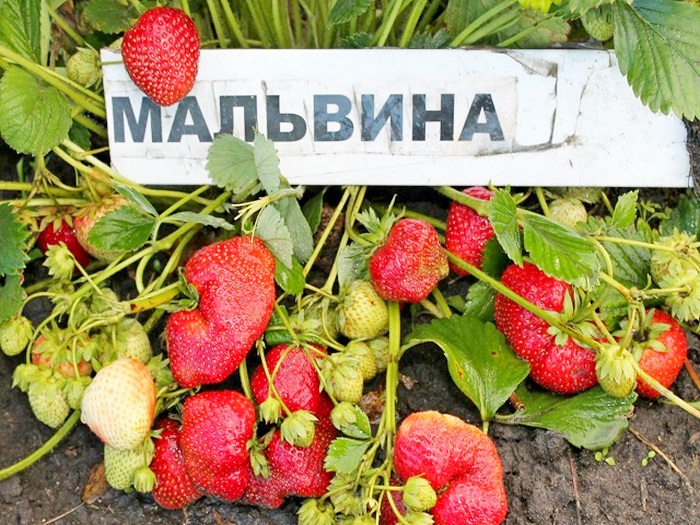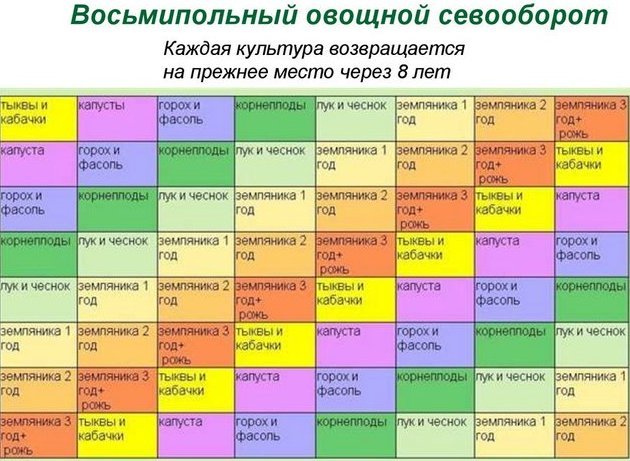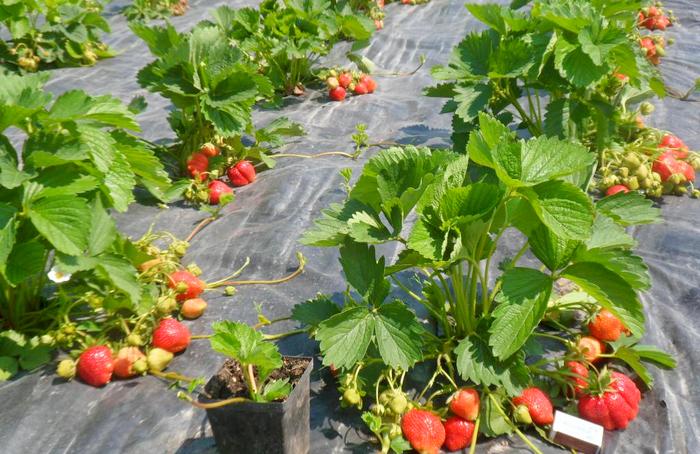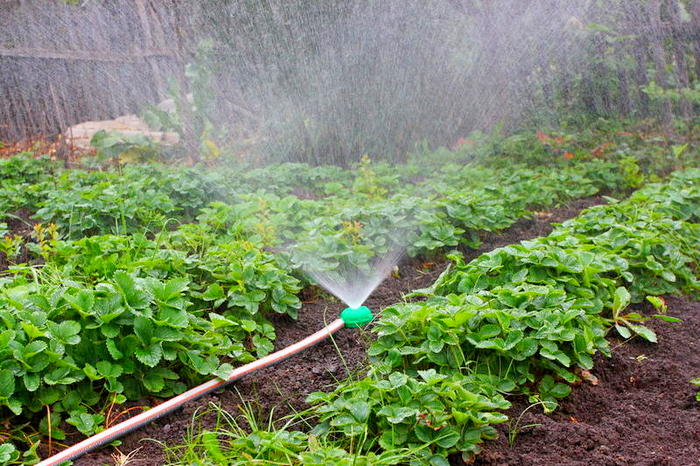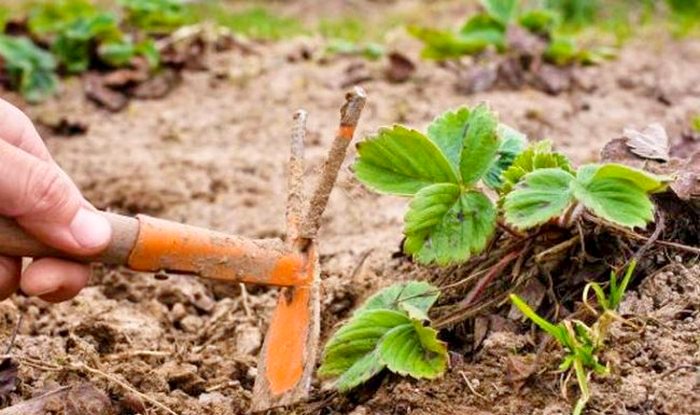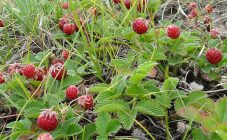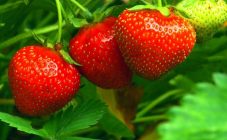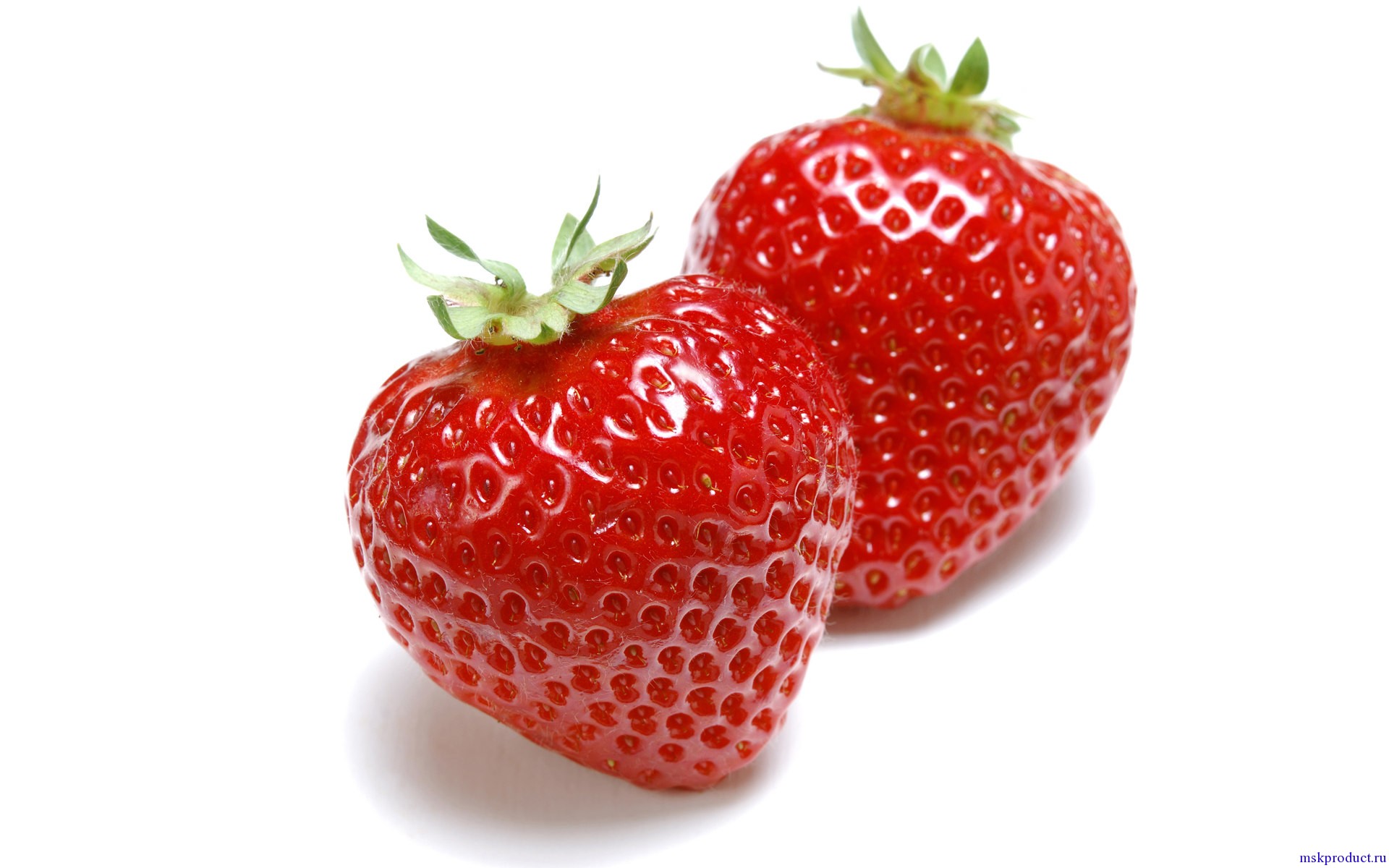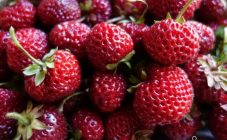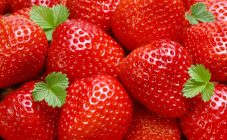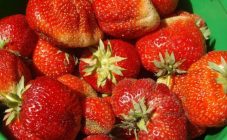Content:
Strawberry Malvina is one of the "youngest" late strawberry hybrids, developed in Germany in 2010 by breeder Peter Stoppel, by crossing Sophie and Schimmelpfeng. Begins to bear fruit from late June to mid-July and ends the strawberry season with dignity.
Description of the variety Strawberry Malvina
The fruits are attractive for their size and taste. The berries are bright red in color and can reach 45 g in size. They have a pleasant, aromatic, truly “dessert taste”. And late ripening provides a harvest until early autumn.
The main characteristics of the variety:
- Leaves are intensely green, large, shiny, well developed.
- Self-pollinating flowers, which guarantees a harvest in all weather conditions and does not require pollinating insects.
- It is possible to harvest up to 700 g of the crop from one bush, but with good agricultural technology, the yield can be increased even by 1 kilogram.
- Heart-shaped berry with rich cherry flavor.
- Fruit weight ranges from 45 g to 80 g.
- Frost-resistant. Withstands temperatures down to -19 ° С, perfectly tolerates winter even with insufficient snow cover.
- The bush is high, strong, up to 50 cm in height and 50-60 cm in width, multi-strand.
- The berries have a sweet taste without sourness, reminiscent of wild strawberries.
- The pulp is firm, but not firm, juicy.
- The culture forms a large number of antennae, which simplifies reproduction.
This variety adapts well to weather conditions - under wide leaves, the berries are protected from rain and excessive sun.
Strawberries are disease and pest resistant. But with high humidity, it can become infected with gray rot. To prevent this, during the rainy period, it is worth sprinkling the row spacing with sawdust. For preventive purposes, when flowering begins and after harvesting, it is recommended to treat the plant with a solution of copper oxychloride.
Sometimes weevils and thrips can attack the plant. To avoid damage, you need to spray the strawberries with an insecticide. In order to protect the crop from attack by pests, you can plant red pepper or garlic next to the crop. These fragrant plants will ward off most pests.
Agrotechnics
Site selection, planting timing, care play an important role in the amount of the harvested crop.
Selection of the landing zone
For this, a flat surface or a small slope, cleared of weeds and protected from winds and drafts with sufficient light, is ideal. The strawberry is not whimsical to the soil, but still, it should be planted on light, loose, fertile soil.
Areas not suitable for growing:
- In the shade - the fruits will be small.
- In the valleys, cool air can delay the ripening of berries.
- On steep slopes, the soil dries up in a short time.
- On the sand - there will not be enough nutrients.
Strawberries in one area can be grown up to 5 years, and then replaced with legumes, flowers, greens. Do not plant strawberries after tomatoes, potatoes. Crop rotation rules play a significant role in the quantity and quality of the crop.
Landing
Before planting, the ground should be dug up and allowed to stand for about a month. It is preferable to land in late August or early September.
In order for the harvest to be generous, seedlings must be chosen with special care. They must be strong and healthy, with a formed rosette, 3-5 leaves.
It is preferable to plant in even rows (you can pull a rope for convenience), at a distance of 50-60 cm between the bushes, since they are very powerful and require increasing space and light.
The roots will need to be cut to 5-7 cm. For each bush, form a hole and pour in water, wait until it is absorbed, and carefully, straightening the roots so that they do not twist or bend, press a little, plant.
Next, you need to water each seedling with water, but not to the very root, but to the near-stem part. You should be aware that this culture requires numerous watering (2 times a day; morning and evening). If you do not do this or do it irregularly, the fruits will be small and sour.
Top dressing
It is also necessary to feed the crop: at the beginning of growth, scattering between the rows, during flowering and after harvest. This can be done with organic fertilizers (urea, humus, bird droppings). This variety of strawberries does not tolerate a lack of nitrogen, so it needs to be fed with a solution of ammonium nitrate.
Weeding
In order to keep the strawberry bed clean, weeding should be done, freeing the plants from weeds. This must be done with care so as not to spoil the roots of the main culture. After rain or watering, the soil needs to be loosened in order to retain moisture and improve gas exchange in the roots.
After harvest, the plant also needs maintenance. It is necessary to weed out, cut off excess antennae and shabby leaves, apply top dressing and pest control.
Some gardeners recommend thinning the leaves. This will improve the harvesting process, and the plant will be well ventilated and get enough light.
Advantages and disadvantages
Strawberry variety Malvina has a high degree of frost resistance, so it survives the winter easily. In places with colder climates, it is better to insulate strawberries by covering the garden with hay or straw.
This strawberry variety pleases with large fruits, resistance to bad weather, heat and moisture. But its main advantage is still considered the late harvest time.
In addition, there are a number of other advantages:
- due to the high glucose content, the berry has amazing taste;
- good transportability;
- perfect appearance, which promotes sales;
- the taste of the berry is not affected by a large amount of rain or sun, it tolerates a humid climate well;
- the variety shows a high yield.
Among the disadvantages, it can be noted that the bushes are very large, so a large plot of land is needed.
We can safely say that due to its excellent characteristics, Malvina will become the favorite of many gardeners. It's easy enough to cultivate it. And excellent fertility and quality of berries become a real gift for every owner of the site.
